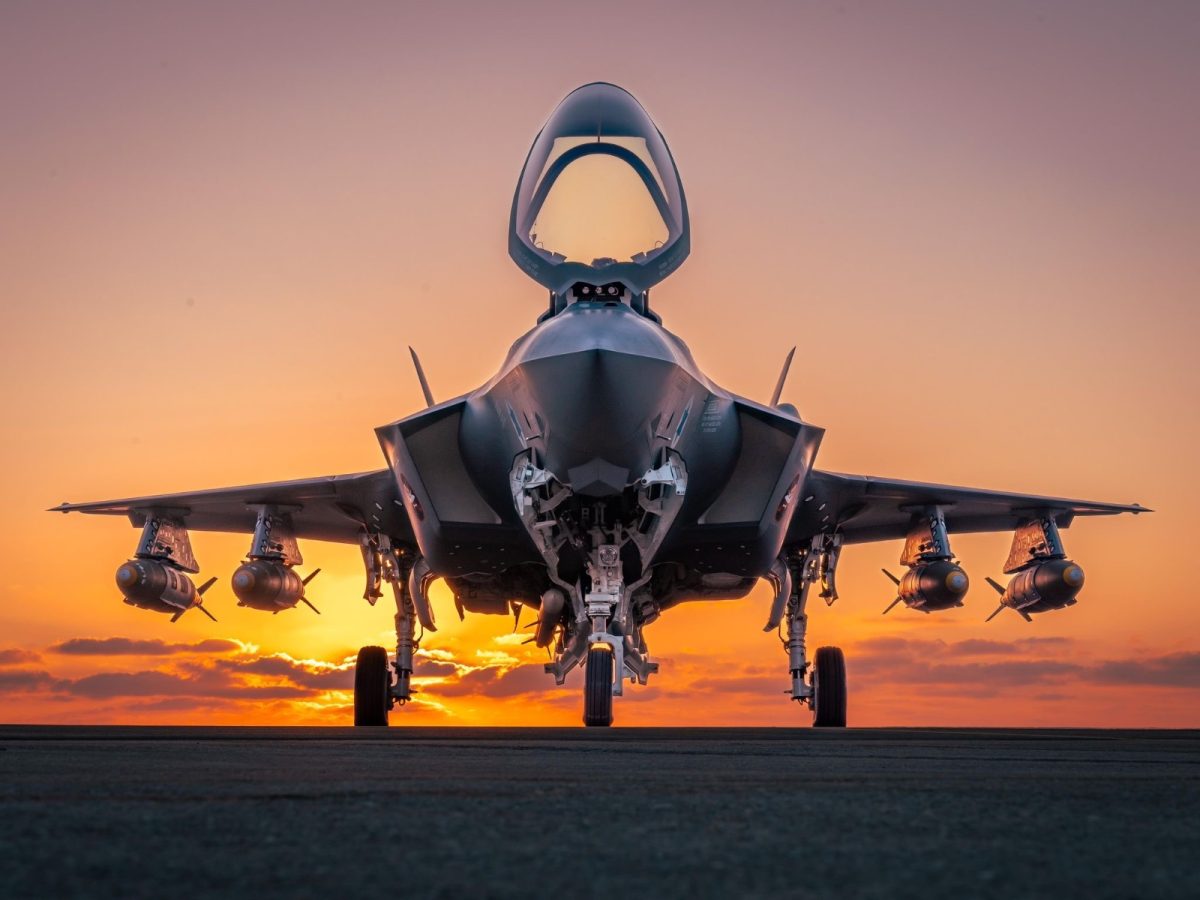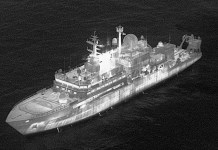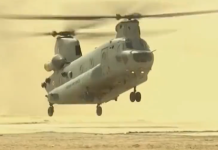Israel’s success in extending the range of its F-35I Adir stealth jets by adding drop tanks and conformal fuel tanks and successfully deploying them for bombing Iran has impressed upon the US Air Force (USAF) the need to increase the range of the Lightning II in its fleet.
The range extension is likely to be beneficial for the carrier-based F-35Cs, as the development of its F/A-XX 6th-generation fighter has been held in abeyance.
This was revealed as the US Air Force sought funds to explore adding the external fuel tanks to the F-35 in the budget for the 2026 fiscal year.
The earlier attempt to streamline the addition of drop tanks to the 5th-generation fighter jets was shelved.
The present combat radius of the variant F-35A is 670 nautical miles. The range of the deck-based variant F-35C is the longest, while that of the short-take-off and vertical-landing variant is the shortest. All variants of the F-35 can fly longer ranges with mid-air refueling.
The proposed work to extend the range of the stealth fighters is part of the Block 4 upgrade effort, which will include changes to both hardware and software to enhance the capability of the F-35s.
The requirement of range extension also stems from the USAF’s focus on the Indo-Pacific. The proposed Fiscal Year 2026 budget for the USAF seeks funds to “evaluate feasibility and decompose requirements for integration of External Fuel Tanks to support long-range missions of the F-35.”

The major issue in installing drop tanks on the F-35 is that it could erode the stealth of the fighter jet. The aircraft derives its stealth from the radar-absorbing materials coating its body, and the shape is designed to avoid detection by radars. Any additional part can blow its cover, making it easier for the radar to spot it.
The USAF will also study the changes made to the Israeli F-35I Adir, meaning ‘Mighty ones’ in Hebrew. The Israeli Air Force (IAF) successfully deployed its modified F-35s to attack Iran’s nuclear enrichment sites in June.
The F-35s had to fly for 2000 kilometers to execute the mission. Israeli aircraft had to fly through Turkey, Jordan, or Syria, and then Iraq to reach Iranian airspace.
There has been no confirmation about how IAF has extended the range of its F-35s, but reports suggest that Israel has developed two different sets of external fuel tanks for its 5th-generation fighters.
The first one is developed by Elbit, and it is a non-stealthy 425-gallon underwing tank. These tanks have to be jettisoned before entering the enemy’s radar air space. The pylons holding the drop tanks would detach without compromising the aircraft’s stealth. Also, these can be helpful for missions where stealth is not a requirement.
The Israel Aerospace Industries (IAI) was planning to co-develop bolt-on conformal fuel tanks with Lockheed Martin that can “hug” the F-35 airframe without impacting its stealth and aerodynamics.
The CFT system reportedly has the capacity of 800 gallons, and Israel has leveraged its experience with adding CFT to F-15I Ra’am and F-16I Sufa. These CFTs enable long-range missions without compromising stealth.
Since becoming the first country to use F-35s in offensive operations in May 2018, Israel has shown a willingness to expose its fleet of F-35s to active combat. In March 2025, the Israeli Defense Forces revealed that they even flew the aircraft in “beast mode,” in which the weapons were carried externally.
Stealth aircraft, such as the F-35, typically utilize a weapons bay to conceal their weapons within the fuselage, reduce the radar cross-section area, and enhance aerodynamics. An aircraft armed with external long-range missiles on hard points under its wings—called the beast mode—certainly has more firepower. Still, due to the increased radar cross-section (RCS) area, it is far more detectable to hostile air defenses.
Israel is one of the few countries that was allowed to modify the US-made fifth-generation fighter aircraft, on the condition that nothing inside the aircraft would be altered, and the Israelis were permitted to add capabilities to the existing infrastructure.
The Israeli F-35s are modified in the following main areas: command, control, communications, computers, and intelligence (C4I), electronic warfare, and weapons integration, as previously explained by EurAsian Times.
These modifications enable it to implement innovations with the 5th-generation fighter, and the USAF can also benefit from studying these.
Lockheed Martin had also conducted studies for adding two 600-gallon drop tanks under the F-35’s wings. This would have marked a 40 percent increase in the aircraft’s fuel-carrying capacity. But the efforts were abandoned.
Prior to this, Lockheed conducted a series of drop-tank related studies between 2004 and 2007. After facing aerodynamic and storage separation problems with the original 480-gallon design, the company moved on to an improved 460-gallon version with a different shape.
However, the idea was abandoned, as it was contended that the range of the aircraft is significantly better than that of the existing 4th-generation fighters. And there is no approved program to augment the range of F-35s by adding internal fuel tanks.
The F-35 can fly for extended ranges with the help of mid-air refuelling. But non-stealthy aerial refuelling tankers increase vulnerabilities for the fighter jet. Any augmentation of range without refuelling will be beneficial for the US, as it could be involved in a confrontation with China in the Indo-Pacific.
Keeping this in mind, the combat radius of the F-47 sixth-generation fighter is expected to be over 1,000 nautical miles. Besides increasing the reach, the extra fuel capacity will allow the aircraft to stay over the target for a longer period.
The USAF has already equipped its F-22 Raptors with stealthy external fuel tanks and underwing infrared sensor pods. The learnings would be beneficial for putting more gas in the F-35 Lightning II.




